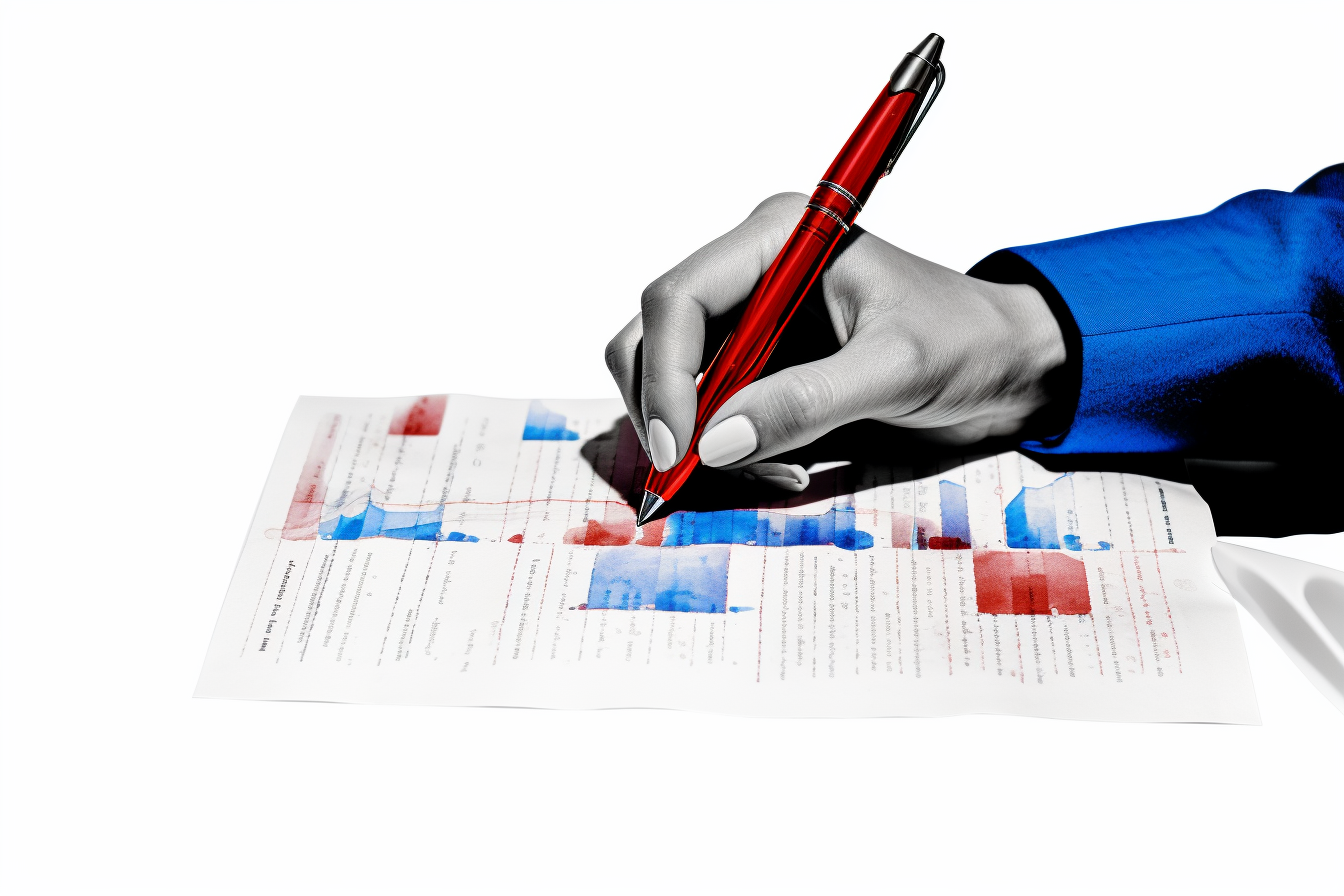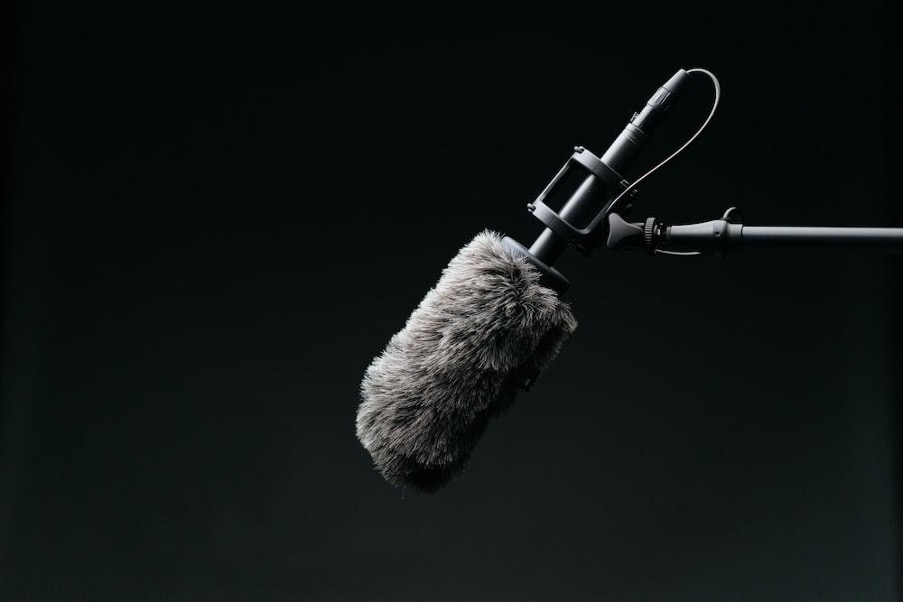- Introduction and overview
- What is qualitative research?
- What is qualitative data?
- Examples of qualitative data
- Qualitative vs. quantitative research
- Mixed methods
- Qualitative research preparation
- Theoretical perspective
- Theoretical framework
- Literature reviews
- Research question
- Conceptual framework
- Conceptual vs. theoretical framework
- Data collection
- Qualitative research methods
- Interviews
- Focus groups
- Observational research
- Case studies
- Surveys
- Ethnographical research
- Ethical considerations
- Confidentiality and privacy
- Bias
- Power dynamics
- Reflexivity
- How to cite "The Ultimate Guide to Qualitative Research - Part 1: The Basics"
Examples of qualitative data
Throughout this guide, we look at qualitative research methods and their applications across a range of disciplines in the social sciences. As qualitative researchers, understanding the essence of qualitative data is key to conducting effective qualitative data analysis. In this section, we will explore various types of qualitative data that you, as a researcher, may encounter or collect in your field of study.

But first: What is qualitative data? Qualitative data, often referred to as 'rich,' 'descriptive,' or 'contextual' data, can provide valuable insights into human experiences, behaviors, and interactions. Qualitative data can capture the nuances, complexities, and subtleties of social phenomena that are difficult to quantify or measure with numbers. While qualitative and quantitative data ultimately go hand in hand, a qualitative analysis of data focuses on the 'how' and 'why' rather than the 'how many.'
Overall, qualitative data is typically non-numerical and can be difficult to quantify or measure ‘objectively’ when compared to quantitative data. However, qualitative data can provide rich insights into people's experiences, behaviors, and attitudes, all of which can help researchers develop new theories.
In the following subsections, we will provide an overview of different forms of qualitative data that you may encounter in your research, including interviews, focus groups, observations, documents, and visual materials.
Interviews
Interviews are a fundamental method for gathering in-depth information about participants' experiences, perspectives, and opinions. In essence, interviews serve as a conduit for acquiring rich, contextual data that can illuminate the complexities of human behavior and sensemaking.
Qualitative data collection from interviews focuses on participants' responses to the researcher's questions, and these can include the participants’ personal narratives, stories, and anecdotes. This data can encompass a range of content, such as emotions, values, motivations, and beliefs from which a thematic analysis can make broader conclusions about a group of people.
Examples of interviews in research
Interviews have been employed in a diverse array of social science research projects. Let's look at two examples illustrating the value of interview data in qualitative research:
Studying the experience of immigrants
Researchers may conduct semi-structured interviews with immigrants to explore their experiences during migration, their integration into host societies, and the challenges they face. The interview data can help illuminate the emotional, psychological, and social aspects of the immigrant experience, providing insights into policy and intervention efforts.
Understanding consumer behavior
In a study exploring consumer decision-making, a market researcher might use structured or semi-structured interviews to gather information about participants' purchasing habits, preferences, and motivations. This data can help reveal the underlying factors that influence consumer behavior, which can inform marketing strategies and product development.
Field notes
Qualitative observations are another key method in qualitative research, enabling researchers to directly witness and record social phenomena as they unfold in real-time. The data collected through observations, commonly documented in the form of field notes, can provide a wealth of information about the context, behaviors, and interactions that occur within a given social setting. In this subsection, we will discuss the importance of field notes and present examples of how observation-based data have been used in social science research.
Field notes are the written records of a researcher's observations, reflections, and interpretations during the course of their fieldwork. These notes serve as a central resource for data analysis, as they capture the context, events, behaviors, and interactions that were observed. Field notes can also include the researcher's personal insights, analytical ideas, and questions that emerge during the observation process.
Examples of field notes in research
Observations have been employed in a wide range of social science research projects, providing valuable context-sensitive data. Let's use two examples demonstrating the utility of field notes from observations.
Studying classroom dynamics
Researchers may conduct observations in educational settings to examine classroom dynamics, teaching methods, and student engagement. Field notes can help capture subtle interactions between students and teachers, the impact of the physical environment on learning, and the cultural norms that shape educational experiences.
Exploring public spaces
In a study of how people use and interact within public spaces, such as parks or plazas, researchers might employ observations to document patterns of usage, social interactions, and the influence of the physical design on people's behaviors. Field notes can provide rich, contextually grounded data that can inform urban planning and design decisions.

Textual data
Textual data, as the name suggests, refers to written or printed materials that convey meaning through text. Textual data can offer valuable insights into people's thoughts, opinions, and attitudes on a particular topic. This form of data can be drawn from a wide variety of sources, including personal documents, organizational records, and digital communications. In this subsection, we will explore the different types of textual data, their potential applications in social science research, and some real-world examples of how researchers have utilized textual data to answer their research questions.
Textual data can be used in various ways to address research questions across different fields of science. These data sources can be analyzed using content analysis, discourse analysis, or other qualitative analytical techniques to uncover themes, patterns, and relationships within the text. Note that such analyses can also be used to create statistical models of categorical data to identify frequencies of key expressions and discourse patterns. Textual data can also be used in conjunction with other forms of qualitative data, such as interviews or observations, to triangulate findings and provide a more comprehensive understanding of the research topic.
Examples of textual data in research
Textual data has been employed in a wide range of research projects, offering unique insights into various aspects of human experience and social phenomena. Here are two examples of how textual data has been used in social science research:
Analyzing political discourse
Researchers may examine speeches, policy documents, or newspaper articles to explore how political actors construct and communicate their ideologies, values, and policy positions. Textual data analysis can reveal patterns in language use, framing strategies, and rhetorical devices that shape public opinion and political outcomes.
Exploring online communities
In a study of online communities, researchers might analyze social media posts, blog entries, or forum discussions to understand the norms, values, and communication styles that characterize a specific group or subculture. Textual data can provide insights into group dynamics, identity formation, and the role of digital technologies in shaping social interactions.
Visual data
Visual data encompasses a wide array of non-textual materials, including images, photographs, videos, and other visual representations that convey meaning and information. In qualitative research, visual data can serve as a powerful source of insight into social phenomena, capturing nuances and subtleties that might be difficult to convey through text alone. This form of data can be analyzed using techniques such as visual content analysis, semiotics, or visual ethnography, among others. In this subsection, we will explore the different types of visual data, their potential applications in social science research, and some real-world examples of how researchers have utilized visual data to address their research questions.
Examples of visual data in research
Visual data has been employed in a wide range of research projects, offering unique insights into various aspects of human experience and social phenomena. Here are two examples of how visual data has been used in social science research:
Studying social protest movements
Researchers may analyze photographs, videos, or digital media from protest events to explore the visual strategies, symbols, and messaging employed by social movements. Visual data can help reveal the ways in which movements communicate their goals, construct collective identities, and mobilize supporters.

Exploring body image and self-presentation
In a study of body image and self-presentation, researchers might examine images from social media platforms, such as Instagram or Snapchat, to investigate how individuals construct and share visual representations of their bodies. Visual data can provide insights into the role of digital technologies in shaping self-perception, beauty standards, and social comparison processes.
Audio data
Audio data refers to recorded sounds, speech, or music that can be analyzed and interpreted to gain insights into social phenomena, human experiences, and communication patterns. In research, audio can serve as a valuable resource for understanding the nuances of human behavior, emotions, and interactions that might not be easily captured through text or visual materials alone. In this subsection, we will explore the different types of audio data, their potential applications in social science research, and some real-world examples where audio data is utilized in research.

Examples of audio data in research
Audio data has been employed in a wide range of research projects, offering unique insights into various aspects of human experience and social phenomena. Here are two examples of how audio data has been used in social science research:
Analyzing political rhetoric
Researchers may examine audio recordings of political speeches or debates to explore the linguistic strategies, rhetorical devices, and persuasive tactics employed by politicians. Audio data can help reveal the ways in which political actors construct and communicate their message, as well as the emotional impact of their speech on the audience.
Exploring language and identity
In a study of language and identity, researchers might analyze audio recordings of conversations between individuals from different cultural backgrounds to investigate the role of language in the construction and negotiation of social identities. Audio data can provide insights into the use of accents, dialects, and language codes, as well as the dynamics of intercultural communication.



